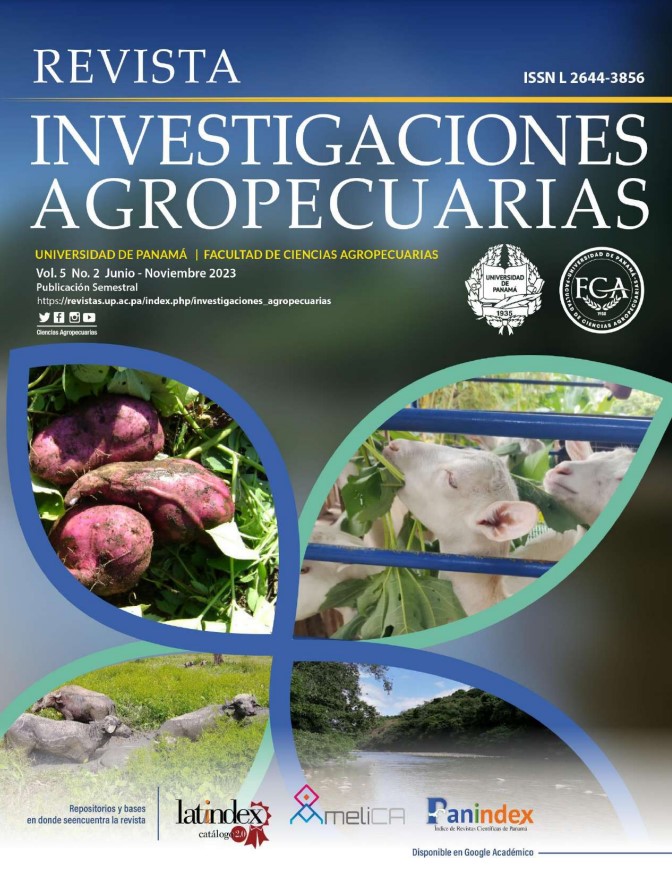

Copyright (c) 2023 Revista Investigaciones Agropecuarias

This work is licensed under a Creative Commons Attribution-NonCommercial-ShareAlike 4.0 International License.
The objective of this study was to evaluate the impact of the precision farming technology (electronic collars) on the reproductive performance of lactating cows under pastoral conditions in Panama. Primiparous and multiparous Holstein cows (n=682) were used. Two groups were formed: group 1, cows equipped with electronic collars (Silent Herdsman, Afimilk) (n=487), and group 2, cows without electronic collars (n=195), using visual observation to detect estrus, (sessions of 45 minutes, 3 times a day) evaluating primary and secondary signs. For the statistical analysis, Mixed General Linear Models were used. The estrus detection rate was 63% in cows equipped with electronic collars and 40% when visual observation was used (p<0.05). The probability of estrus behavior expression was affected by the number of lactations and the estrous detection method used (p<0.05). Primiparous, and two and three lactation cows were more likely to express have estrus than cows with more lactations. Milk production (kg/d) did not affect the expression of estrus (p=0.13). The conception rate did not differ between the estrus detection methods used (p>0.05), being 33 and 36% for the estrus detected by the electronic collars and visual observation, respectively. Finally, the reproductive efficiency estimated through the pregnancy rate (TP-21 d) was higher when estrus was detected by electronic collars than when it was visually detected (21% and 14%; ?12 =1.70; p=0.13, respectively). In conclusion, the use of precision technology (electronic collars) improves the reproductive efficiency of lactating Holstein cows kept under grazing conditions.